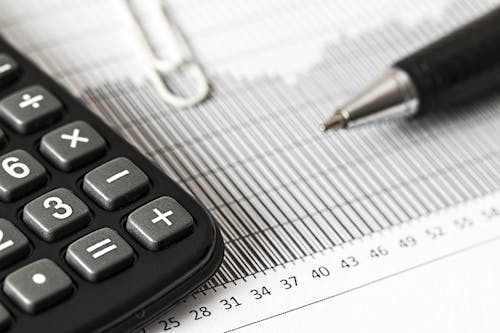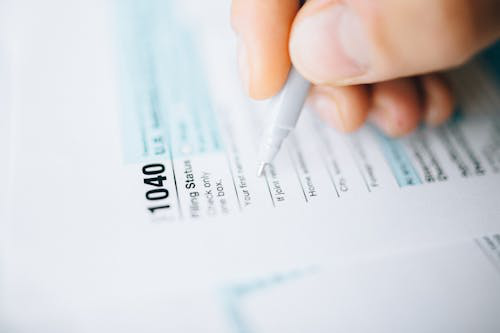
Small businesses often face challenges in managing expenses while investing in equipment essential for operations. One of the most effective strategies to reduce taxable income is depreciation for small businesses. By leveraging depreciation, small businesses can offset the cost of equipment over time, improving cash flow and optimizing tax savings.
What Is Depreciation?
Depreciation is a tax concept that allows businesses to allocate the cost of tangible assets, such as machinery or vehicles, over their useful life. Instead of deducting the full expense in the year of purchase, the asset’s cost is spread out over multiple years. This reflects its gradual wear and tear or obsolescence.
The IRS determines the depreciation method and recovery period for each type of asset. For instance, vehicles typically have a recovery period of five years, while office furniture may have a seven-year period. Understanding these guidelines is crucial for accurate financial planning.
Benefits of Depreciation for Small Businesses
1. Tax Savings Over Time
Depreciation reduces taxable income annually, providing consistent tax savings. This steady benefit can improve budgeting and cash flow management.
2. Offsetting Equipment Costs
When businesses purchase expensive equipment, depreciation allows them to recoup the investment over time, lightening the financial burden.
3. Eligibility for Tax Incentives
Some depreciation methods, such as Section 179 and Bonus Depreciation, allow businesses to accelerate deductions in the first year, offering immediate tax relief.
Depreciation Methods to Consider

Small businesses can choose from several depreciation methods based on the type of asset and their financial strategy:
1. Straight-Line Depreciation
This method spreads the asset’s cost evenly over its useful life, providing equal deductions each year. It is simple and widely used.
2. Declining Balance Depreciation
This approach allows for larger deductions in the early years of an asset’s life, which can be advantageous for businesses seeking immediate tax relief.
3. Section 179 Deduction
This special provision permits businesses to deduct the full purchase price of qualifying assets in the year of purchase, subject to limits. For 2025, the deduction limit is $1,250,000, provided they spend less than $3,130,000 on equipment during the year.
4. Bonus Depreciation
Bonus Depreciation allows businesses to deduct a significant portion of an asset’s cost in the first year. It is often combined with Section 179 for maximum tax savings.
Steps to Maximize Depreciation Benefits
1. Maintain Accurate Records
Keep detailed records of asset purchases, including invoices and documentation of their business use.
2. Consult a Tax Professional
A tax advisor can help determine the best depreciation method for each asset and ensure compliance with IRS regulations.
3. Plan Equipment Purchases Strategically
Consider timing equipment purchases toward the end of the fiscal year to take advantage of first-year depreciation benefits.
4. Understand IRS Updates
Stay informed about changes in tax laws and depreciation limits to maximize deductions.
Maximize Tax Savings Through Depreciation for Small Businesses
Depreciation for small businesses is a powerful tool to reduce taxable income and manage equipment costs effectively. Operating in the Bay Area, Nidhi Jain CPA is a trusted name in tax consulting and bookkeeping. Our firm offers tailored solutions for clients across San Jose, Dublin, and San Francisco, including personal and international tax planning.
Want to learn practical ways to optimize your tax savings and make the most of your investments? Visit our blog for in-depth insights and actionable tips!





